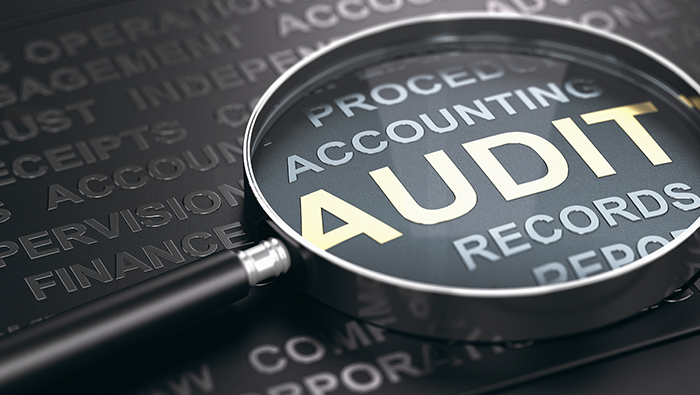On March 2nd, 2021, the Office of Federal Contract Compliance Programs (OFCCP) amended its Fiscal Year 2020 audit scheduling list. Known as the Corporate Scheduling Announcement List (CSAL), the list identifies specific contractors who will be receiving audit scheduling letters. Before the recent amendment, the CSAL included 200 construction contractors and 2,200 supply and service contractors. Those entities must provide documentation to show compliance with the Vietnam Era Veterans’ Readjustment Assistance Act (VEVRAA). Federal contractors also need to be in compliance with Section 503 of the Rehabilitation Act of 1973 (Section 503). Both Acts prohibit federal contractors from discriminating in various employment situations. Contractors also need to show compliance with the full range of their personnel activity and practices. Earlier in 2021, the OFCCP addressed race and sex stereotyping by rescinding former Executive Order 13950.
Amendments to the CSAL
Effective immediately, the OFCCP has removed some of the contractor establishments previously included on the audit scheduling list. These entities include those selected for Section 503, accommodation, and promotions focused reviews and compliance checks. According to OFCCP guidance, the changes will not affect pending focused reviews from CSALs issued prior to fiscal year 2020. In addition, the CSAL amendment will not affect construction contractors who were already scheduled for compliance checks or other reviews. All contractors should review the newly revised CSAL to determine if it includes their company.
Background on CSAL Investigations
Historically, any contractors listed on the CSAL would receive a scheduling letter formally initiating the audit after about 45 days. The advance notice provided by the CSAL can be a valuable opportunity for contractors to prepare for an upcoming audit. For example, contractors can collect data and documents required to submit to the OFCCP after seeing the audit scheduling list. Additionally, contractors can identify any potential compliance vulnerabilities that may exist and rectify them during the audit process.

